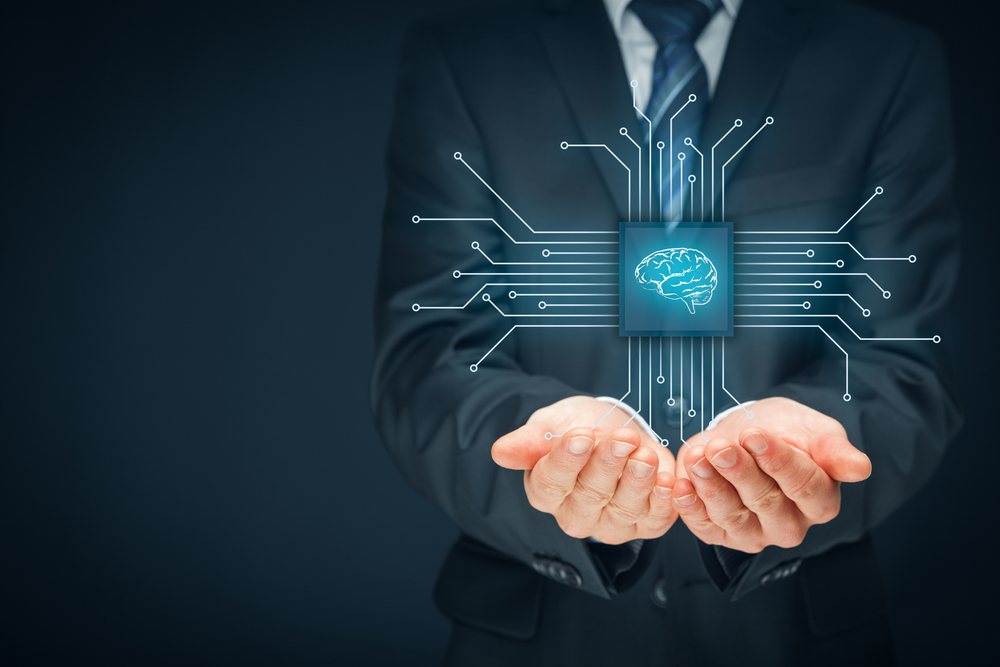Whenever something major happens in the world of space travel or artificial intelligence, rest assured it has something to do with Elon Musk. He backs a nonprofit research lab by the name of OpenAI, which has recently achieved a major milestone. A new algorithm has been created that allows humans to communicate a task to an AI by performing it in virtual reality. This is a major breakthrough for the robotics sector as a whole.
OpenAI Makes Major Imitation Learning Progress
Even though one could argue we can code any task for robots to complete, it turns out artificial intelligence wants to learn more than just lines of code. If it is up to initiatives such as OpenAI, us humans will be the ones taking AI solutions everything they need. This will be achieved by performing tasks in virtual reality, which are then to be mimicked by an AI inside a robot. An interesting take on things, although one that could yield some existing results.
This new algorithm will bring many changes to the world of robotics and AI. Using one-time imitation learning is a great way to educate artificial intelligence new things. OpenAI has successfully demonstrated this breakthrough in the form of a robotic arm stacking a series of colored cubes. It does so in the same manner the human ‘teacher” does it in virtual reality. Imitation is often the best way of learning new things, that much is evident.
By having a human wearing a VR headset perform said tasks for the first time, an AI solution can carefully monitor and observe how things are expected to be done. Through the OpenAI vision network, the action is observed, recorded, and imitated. The vision network in question is a form of a neural network trained on simulated images.
This development puts a whole new spin on the topic of using simulated data to train artificial intelligence solutions. Moreover, it goes to show this setup is both cheaper and faster compared to collecting real-world images. Moreover, this approach is beneficial to the robot as well, as it can analyze and understand the scene around it even if it is the first time it sees the environment.
Under the hood, the OpenAI algorithm collects the information before feeding it to a second neural network. This is the so-called “imitation” network, which guides the robotic arm to perform the exact same task as the human. Although this technology is still in the early stage of development, a bright future awaits this sector for sure.Artificial intelligence based on imitating human actions can prove to be quite powerful in a few years from now.
OpenAI is very excited about this development and showcasing how successful it can be. Knowing it only takes one single demonstration of a task to replicate it endlessly is a groundbreaking development. The company will continue to fine tune this technology in the coming years and shape the future of artificial intelligence as a whole.
If you liked this article, follow us on Twitter @themerklenews and make sure to subscribe to our newsletter to receive the latest bitcoin, cryptocurrency, and technology news.

